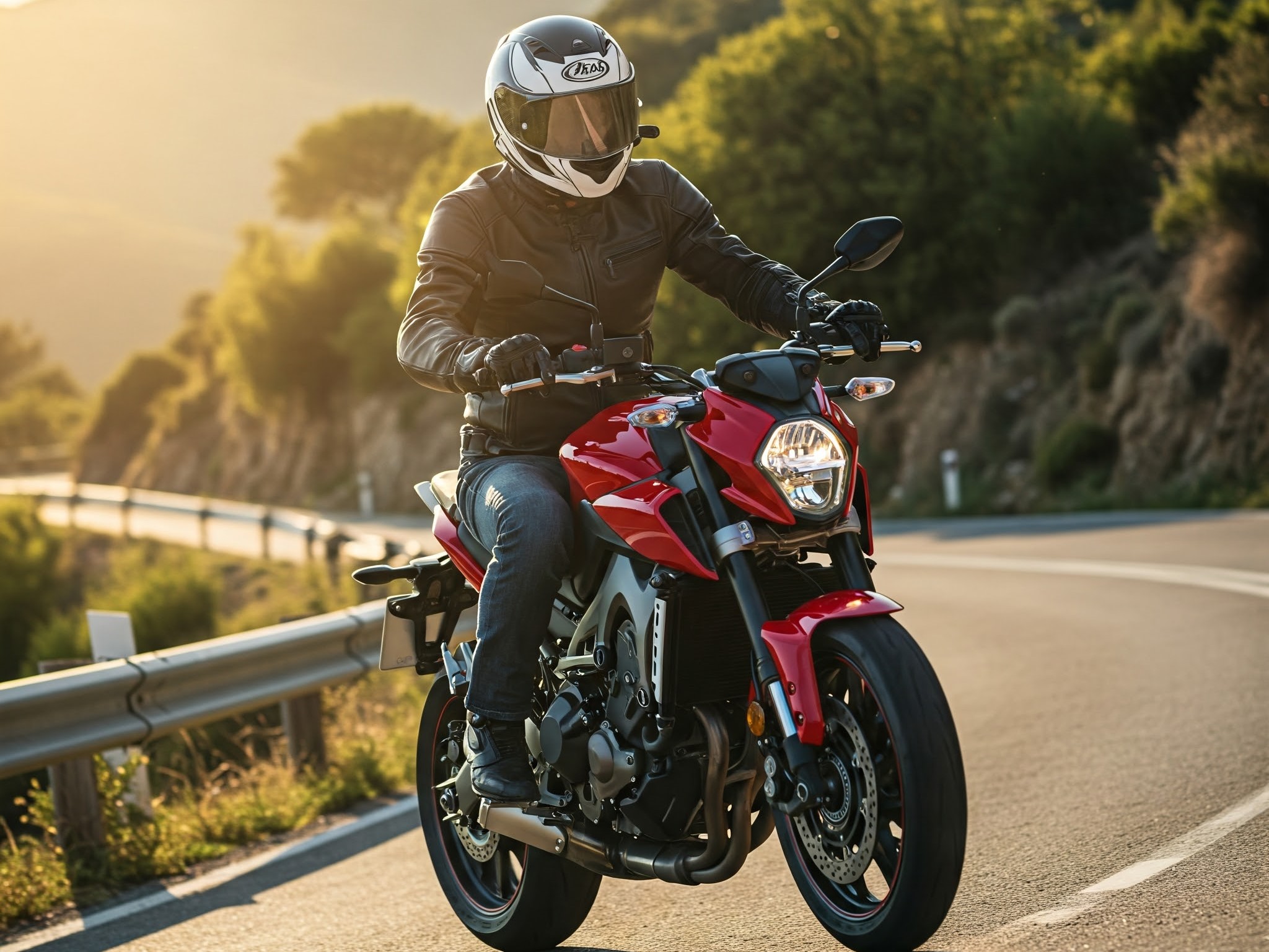Riding a motorcycle is an exhilarating experience, but it also comes with risks.
Whether you’re a beginner motorcyclist or a seasoned rider, avoiding common motorcycle riding mistakes can keep you safe on the road.
From wearing the right motorcycle gear to mastering proper braking techniques, here are the top mistakes motorcyclists should avoid.
1. Neglecting Proper Motorcycle Gear
Wearing the right motorcycle safety gear isn’t just about comfort—it’s about protection. A DOT-approved helmet is essential, but so are a reinforced motorcycle jacket, gloves, riding pants, and boots.
Proper gear helps protect against road rash, impact injuries, and weather conditions.
Source: Motorcycle Safety Foundation
2. Skipping the Pre-Ride Motorcycle Inspection
A quick motorcycle safety check before each ride can prevent breakdowns and accidents. Make sure to inspect:
- Tire pressure and tread wear
- Brakes for responsiveness
- Lights and signals for visibility
- Chain and belt tension
- Oil and fluid levels
Neglecting regular motorcycle maintenance increases the risk of mechanical failure while riding.
Click here for more information on conducting a pre-ride motorcycle inspection.
3. Riding Beyond Your Skill Level
Many motorcycle accidents happen when riders push themselves beyond their experience. Attempting high speeds, aggressive cornering, or riding in heavy traffic without proper skills can be dangerous.
Consider taking a motorcycle safety course to build confidence and develop advanced riding techniques.
4. Ignoring Road Conditions
Unlike cars, motorcycles are more vulnerable to road hazards like:
- Wet pavement and oil slicks
- Gravel and potholes
- Uneven road surfaces
To avoid accidents, slow down in poor conditions, watch for debris, and avoid riding too close to the vehicle ahead.
5. Misjudging Turns and Corners
Taking a turn too fast or braking mid-corner can cause a loss of control. Follow these motorcycle cornering techniques:
- Slow down before entering the turn
- Look ahead through the curve
- Lean smoothly with the bike
- Avoid sudden braking or throttle changes
Proper turning skills are crucial for both street riding and motorcycle racing.
Watch: How To Turn a Motorcycle from a Stop.
6. Not Being Visible Enough to Other Drivers
Motorcycles are harder to see, making motorcycle visibility a major safety concern. Increase your presence on the road by:
- Wearing bright or reflective motorcycle gear
- Using daytime running lights
- Avoiding blind spots of cars and trucks
- Using hand signals along with turn signals
Defensive riding and staying alert to distracted drivers can prevent accidents.
Click here to view high visibility motorcycle gear.
7. Tailgating and Not Keeping a Safe Following Distance
A motorcycle needs more time to react to sudden stops. Follow the two-second rule to maintain a safe gap between you and the vehicle ahead.
Increase this distance in rain, fog, or nighttime conditions to improve reaction time.
Read: Why Tailgating Is So Much More Dangerous For Motorcycle Riders.
8. Improper Use of Motorcycle Brakes
Many riders make the mistake of using only the rear brake or over-relying on the front brake. For effective stopping power:
- Use both brakes together for controlled braking
- Apply smooth, even pressure instead of grabbing the brakes suddenly
- Learn emergency braking techniques to handle sudden stops safely
Practicing braking in an empty parking lot can improve confidence and reduce the risk of a motorcycle crash.
9. Overconfidence When Riding with a Passenger
Riding two-up requires adjustments in weight distribution, braking, and acceleration. If you’re new to carrying passengers:
- Ensure your passenger wears proper motorcycle gear
- Adjust suspension and tire pressure for extra weight
- Communicate about leaning and stopping before the ride
Having a passenger affects motorcycle handling, so practice in a controlled environment before heading onto busy roads.
10. Not Practicing Emergency Maneuvers
Motorcyclists must be prepared to react quickly to unexpected situations. Knowing how to swerve around obstacles, use the emergency brake, and avoid high-siding or low-siding can prevent crashes.
Consider taking an advanced rider course to practice these life-saving skills.
Click here to watch 10 Emergency Motorcycle Maneuvers You Should Know.

